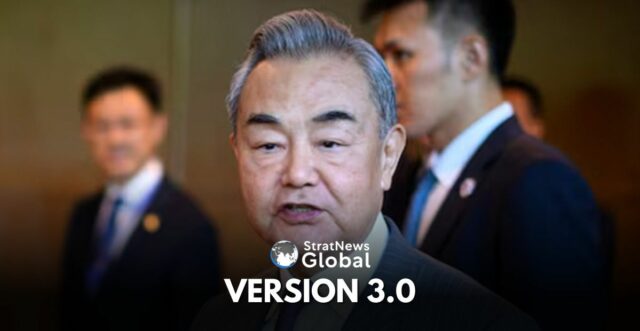China and the Association of Southeast Asian Nations (ASEAN) have agreed to present an upgraded free trade deal to their leaders for approval in October, Chinese Foreign Minister Wang Yi said on Saturday.
Negotiations about the so-called 3.0 version of the free trade zone started in November 2022 and were completed in May, seeking to cover areas such as the digital economy, green economy and supply chain connectivity.
China and ASEAN also agreed on a five-year action plan that specifies collaboration between the two sides in over 40 fields in the coming years, according to a statement published by the Ministry of Foreign Affairs, citing Wang’s comments after attending the East Asia Summit in Kuala Lumpur on Friday.
Wang also said the two sides agreed to strive to complete consultations next year on a code of conduct in the South China Sea – a set of guidelines aiming to manage disputes in the region, where Beijing and several ASEAN members have overlapping maritime claims.
Free Trade Area
The China-ASEAN Free Trade Area (CAFTA) represents one of the world’s largest and most dynamic economic partnerships.
First established in 2010, CAFTA significantly reduced tariffs and trade barriers between China and the 10 ASEAN member states—Brunei, Cambodia, Indonesia, Laos, Malaysia, Myanmar, the Philippines, Singapore, Thailand, and Vietnam.
Over the years, trade volumes between the two sides have grown exponentially, with China becoming ASEAN’s largest trading partner and ASEAN ranking as China’s second-largest.
The “version 3.0” of the trade pact expands the agreement beyond traditional trade in goods and services, with new provisions covering the digital economy, green development, and supply chain connectivity.
These updates reflect shared priorities to modernise trade frameworks amid global shifts in technology, sustainability, and geopolitical uncertainty.
If adopted, the upgraded deal could mark a new era of China-ASEAN economic integration, strengthening regional resilience and offering new growth opportunities for businesses across Asia, particularly in emerging sectors like e-commerce and clean energy.
(With inputs from Reuters)





